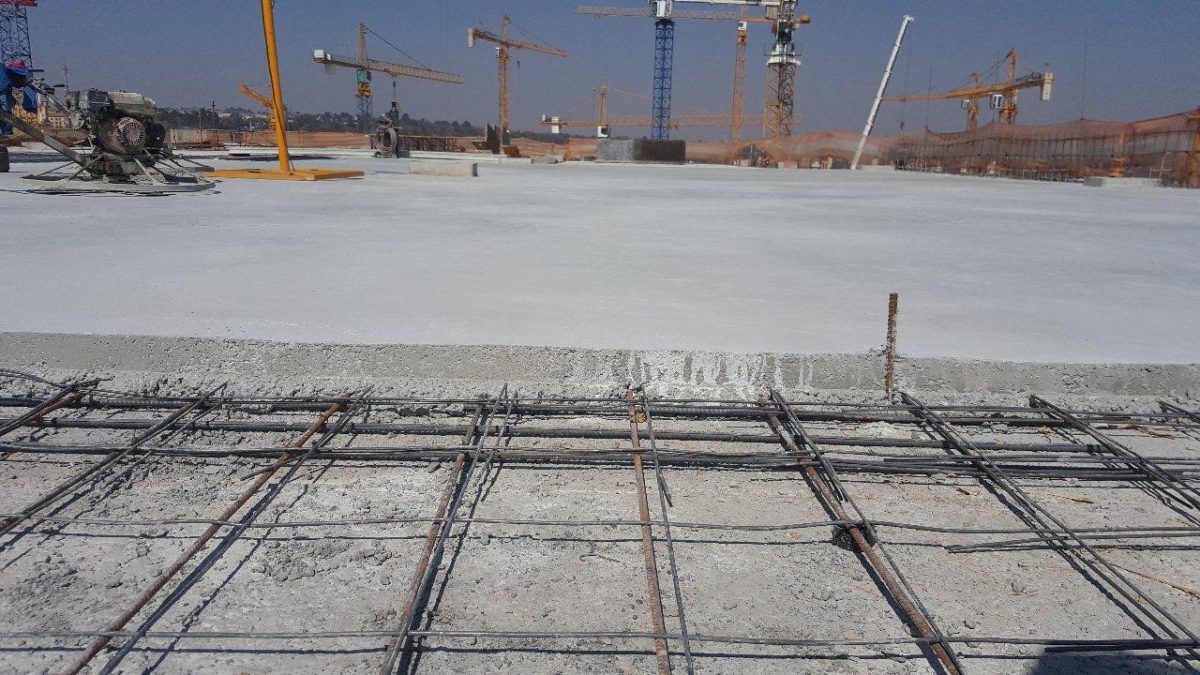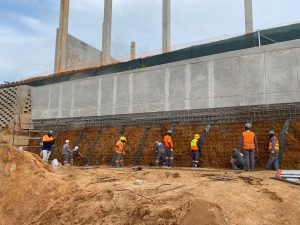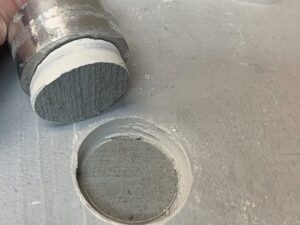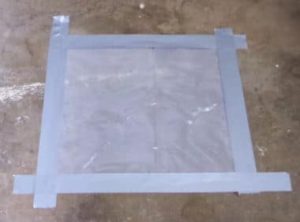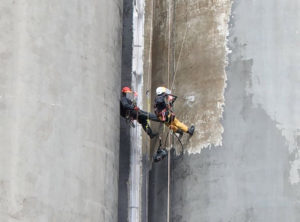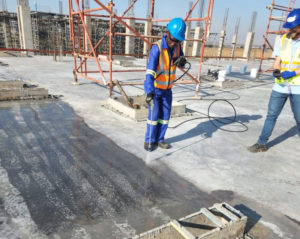By Sheldon White
Concrete curing differs to drying. Yet, the two terms are often incorrectly used interchangeably, especially when referring to concrete slabs that will receive flooring materials. Concrete curing and drying each fulfil different but important roles.
Concrete curing
Concrete curing provides adequate moisture, temperature and time to allow the construction material to achieve the desired properties for its intended use. Without proper curing, concrete will often not achieve its required performance. Conventional concrete that has not been treated with our unique colloidal silica post-placement pozzolan technology needs to maintain a relative humidity greater than 80% – a temperature that exceeds 10°C – for a period that typically ranges between three to 14 days depending on the application.
Meanwhile, drying of concrete provides the proper requirements that enable the construction material to achieve a moisture condition that is appropriate for its intended use. This is usually a concern when applying flooring or coatings over concrete. The moisture condition of a concrete slab is important for the application of moisture-sensitive floor finishes. These include vinyl composition tile, linoleum, wood flooring and non-breathable coatings, such as epoxy. The moisture condition is specified as a maximum relative humidity by percent.
Concrete curing with SCP
Concrete curing is facilitated by our colloidal silica post-placement pozzolan technology.
Most flooring and adhesive manufacturers are really concerned about the moisture present at the interface between the concrete and the adhesive and/or flooring. This is opposed to ensuring that the concrete is below a certain percent moisture or relative humidity to function correctly. In concrete not treated with our colloidal silica post-placement pozzolan technology, a general moisture condition of the concrete determination is sufficient to describe the entire system.
SCP products react with available alkalis to close bleed water channels and capillaries with reaction products. This action retains moisture in the concrete to facilitate curing. The surface of the concrete is able to achieve a “dry” condition and receive adhesives and flooring. Meanwhile, the concrete’s internal structure is kept at a high level of moisture conducive for continued curing. A description of the entire system based on a total percent moisture or relative humidity is no longer appropriate when using SCP products. This is because the water and water vapour transport mechanisms are significantly affected, allowing the surface of the concrete to act independently of the total slab moisture content. In this way, our colloidal silica post-placement pozzolan products serve as an excellent method of curing concrete while providing a slab surface that can receive resilient flooring, adhesives and coatings in as little as 14 days. Moreover, no plastic or water is needed to cure concrete that has been treated with SCP.

